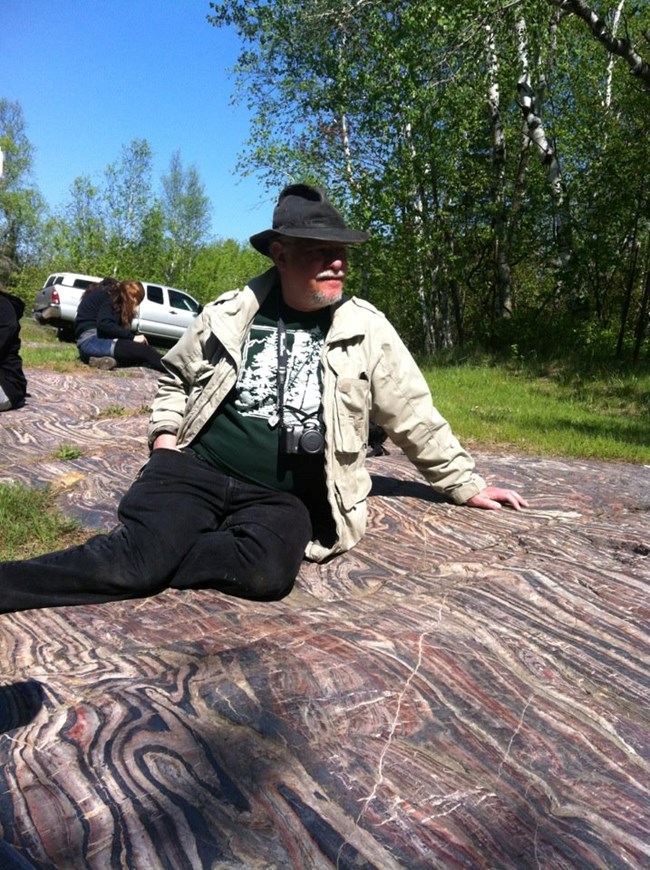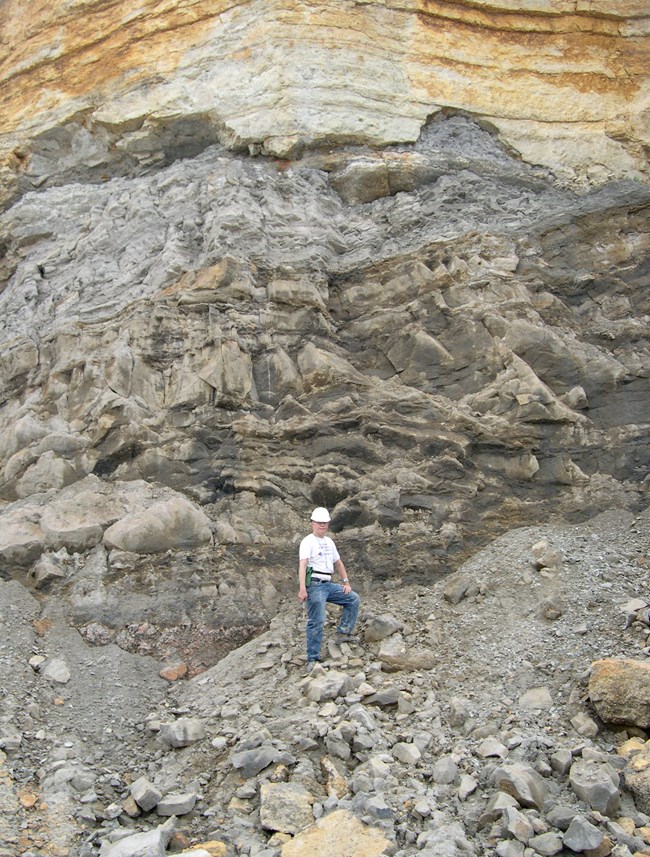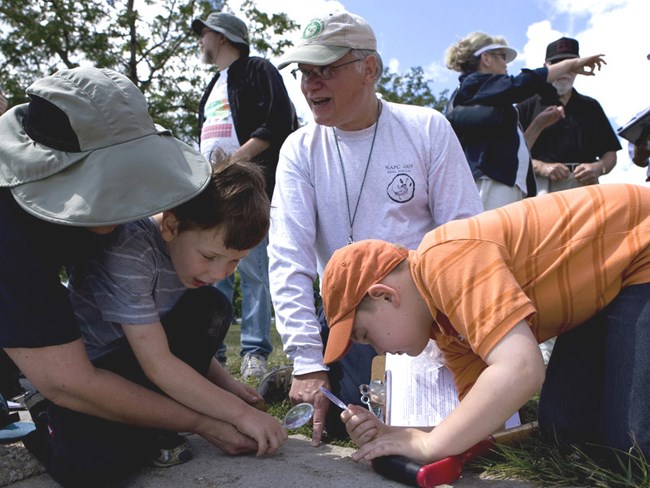Part of a series of articles titled Meet A Paleontologist.
Article
Roy E. Plotnick, University of Illinois at Chicago

Professor, University of Illinois at Chicago, Illinois
NFD Kid's Page Interview...
Please describe the types of work you do in paleontology.
I do many different things as a paleontologist (which is one of things that make it fun). I teach paleontology and courses about environmental change and the evolution of the Earth. I do some field collecting (in Illinois) and some work in the laboratory. I am very interested in how mathematics can be used in studying fossils and evolution. But most of my work in the laboratory involves what I call "experimental paleontology." I have done experiments on how organisms decay and become fossils (and yes, it smells bad). I also do experiments on how ancient organisms ate, swam, and stayed in place on the seafloor.

Where did you go to school and what were some of your favorite classes that you took?
I went to 3 schools; I went to college at Columbia University, and then studied at the University of Rochester and the University of Chicago, where I received my PhD. I studied eurypterids, which are on this year's National Fossil Day logo. Two of my favorite classes were Stratigraphy, which taught me how we can tell time and environment with ancient rocks, and Marine Invertebrate Zoology, where I looked at the living relatives of many of the things we find as fossils.
Briefly describe an experience that made you realize you wanted to be a paleontologist.
I read an article in Natural History magazine about trilobites, which led to me getting a job at the American Museum of Natural History, where I got to study trilobites!

What is your most memorable experience working with fossils?
I discovered a 310 million year old cave that was filled with fossil plants and scorpions. This is one of the best preserved ancient caves in the world and had many wonderfully preserved fossils.
Do you have any advice for aspiring paleontologists?
Paleontology is more than dinosaurs! Nearly all fossils are of other living things, like clams, snails, corals, and plants. They tell us of the evolution of life on this planet.
Last updated: September 8, 2017
